Head of IMF mission for Serbia: Impressive turnaround
Tuesday, 14.11.2017.
15:42

Head of IMF mission for Serbia: Impressive turnaround
Serbia has been very successful in stabilizing the economic situation over the last three years. Whether those achievements will remain sustainable depends on whether the Serbian people and their leaders are prepared to make them such.Prior to the three-year precautionary Stand-By Arrangement (SBA) signed in 2015, Serbia has accumulated internal and external economic imbalances. The government appointed in April 2014 has recognized the challenges associated with these imbalances and made a strong commitment to address them. At the time of beginning of the Agreement, the consequences of global financial crisis lost their grip, but downside risks to Serbia’s exports and external funding sources, were visible. To insure against such risks and better anchor our policy framework, the government requested IMF support for the new economic program through a precautionary SBA for a period of 36 months in the amount of SDR 935.4 million (200 percent of quota).
The implementation of the program was monitored through prior actions, quantitative performance criteria, indicative targets, structural benchmarks, and an inflation consultation clause with regular reviews of the arrangement by the Fund. An International Monetary Fund (IMF) mission, led by James Roaf, visited Belgrade during October 26 – November 7, 2017, to hold discussions on the eighth and final review under Serbia’s precautionary Stand-By Arrangement (SBA). Following the end of the mission the IMF stated that the mission agreed with the authorities on the key parameters of the 2018 budget and underlined that the priority is to preserve hard-won fiscal achievements, while supporting growth-enhancing initiatives, such as increasing public investment and reducing the tax burden on low-income workers. Along with the agreed wage and pension increases, the 2018 fiscal deficit is projected at 0.7 percent of GDP – a level consistent with fiscal sustainability and further public debt reduction.
At the end of the mission we conducted an exclusive interview with Mr. Roaf in which we discussed in detail the achievements of the arrangement, the remaining challenges and prerequisites if Serbia wants to make the achieved results sustainable on the mid-term level. We also touched upon the history of Serbia’s arrangement with the IMF.
Would you please evaluate the outcome of the three-year-arrangement with Serbia?
- Serbia has been very successful in stabilizing the economic situation over the last three years. Prior to the start of the program, the public finances were in a dire situation, facing the largest fiscal deficit in Europe and rapidly rising public debt, while growth had been stagnant. Already by 2017 we are expecting the budget to be roughly in balance, with debt falling fast. Improved confidence is reflected in much lower interest rates, and strong investment from both domestic and foreign sources. Economic activity and employment are both rising, and unemployment has fallen sharply. Financial sector reforms have been pursued vigorously, to put banks on a sound footing to support growth. And while there is still very much to do, important progress has been made in other areas of structural reform covered by the program, such as state-owned enterprise restructuring, public administration reform and strengthening the business climate. Altogether, it has been an impressive turnaround.
What is the importance of this arrangement in retrospective, i.e. in terms of the history of arrangements that Serbia previously had with the IMF?
- When the program started, there was a legacy of unfinished reforms and failed attempts to address the fundamental problems that have dogged the Serbian economy since the transition from socialism. In the past, some programs were abandoned part way through. Others were successfully completed, but then these underlying problems in the Serbian economy caused imbalances to reemerge. The current program tries to learn from this experience by tackling these structural problems in the economy at the same time as addressing the fiscal deficit. But this doesn’t mean that the job is over. To the contrary – while stabilization offers an opportunity, it has to be protected, while further reforms are needed to reach higher sustainable growth of the economy. Only that will ensure that the standard of living of people in Serbia converges to that of the Western European countries.
How sustainable are the accomplished results midterm?
- The accomplishments are as sustainable as Serbian people and their leaders are prepared to make them. Considering how difficult the necessary fiscal adjustment was, I would hope that nobody in Serbia would want to allow for the reemergence of imbalances, or to allow fiscal costs to reemerge in state enterprises. But nothing is granted forever. Good policies require good policymaking and building understanding and support around the necessary reforms.
In which areas does the IMF seek to work with the Serbia’s government in the future?
- Serbia is a member of the IMF and we will work closely with the authorities, in whichever form they will find useful. We will certainly be conducting regular surveillance and making recommendations about the policies needed to support growth and jobs creation. The authorities are also considering options for continuing with more intense cooperation in another Fund-supported program, and we are very ready to work with them on this.
What are the most important tasks for Serbia in order for the country to achieve a more robust growth?
- Indeed, Serbia’s priority is strong and sustainable growth, which has to be led by the private sector. A key precondition is to maintain the macroeconomic stability that has been achieved –which means an environment of low inflation, low interest rates and confidence in the currency that allows businesses to plan and invest for the future. Beyond this Serbia needs to build the institutions of a market economy. For example, public administration and services that respond to the needs of citizens and businesses; infrastructure that supports businesses and exports; strong property rights and predictability in the judicial system; fair competition and a much smaller informal sector; social protection that helps the poor participate in the economy; and education and training that provides the skills needed for a modern economy. This is a broad, long-term agenda and in some of these areas we are still near the start of the road. But the faster these reforms can go, the sooner Serbia will reach its destination.
Strong economic performance continues
IMF mission, with James Roaf at its helm, visited Belgrade from 26th October to 7th November, 2017 in order to talk to the Serbian authorities about the eight and final audit of the precautionary stand-by arrangement that Serbia had concluded with the IMFAll the implementation criteria, set out in September 2017, were met, with most of them significatly exceeded. Also, the implementation of structural benchmarks continues with latency in some segments. Topics discussed during the visit were: the state of public finances, reforms in public enterprises and in the public sector, the framework of the 2018 budget, as well as the conditions for conclusion of a new arrangement with the IMF, which would not include a loan.
We have asked the leading financial officials and experts in Serbia to reply to the following question about the IMF's visit:
What do you see as the most important steps in sustaining macroeconomic stability achieved during the duration of the arrangement with the IMF?
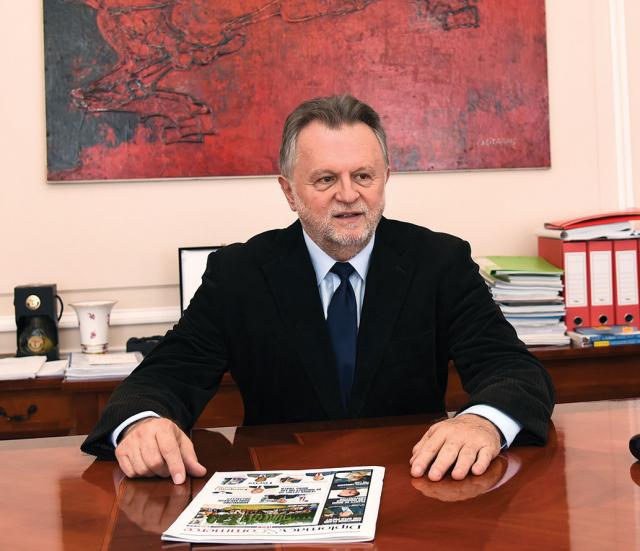
Minister of Finance
Impressive Macroeconomic Results
As it has been demonstrated during the past three years, good design and strong implementation or well balanced and coordinated fiscal and monetary policies produced impressive macroeconomic results. Twin (fiscal and current account) deficits were substantially reduced, level of indebtedness started to decline as erll as unemployment. Most importantly, economic growth was reversed to a positive medium term path.
This would not have been possible without the team effort at the NBS and the Ministry of Finance that utilized the window of opportunity created by the political will in 2014.
In the meantime, the political energies and priorities have been diverted to other issues and (regional and global) emergencis. Without renewed political commitment, significant buffers built since the beginning of the program will not be sufficient to complete pending structural reforms and the EU accession.
This creates sustainability risks specific to Serbia already seen through the history of failed or abandoned reform efforts, and the reversals of macroeconomic accomplishments since the start of transition. Capacity constraints notwithstanding, the key underlying forces that resisted and undermined full reform efforts have been rooted deeply in the political economy – vested political and economic interests. The main players include political parties, inefficient management, labor unions openly opposed to competition and efficient markets in general.
These interests are seen most clearly in opposing rational resolution of failed state (or socially) owned enterprises, restructuring efforts of public (utlity) enterprises, and the reform of public services (education and health most of all), the public administration and the public sector in general.
Paradoxically, we are back to square one in securing sustainability of hard won macro-fiscal and monetary results. I hope that the Serbian polity will be smart enough to provide critical support for the completion of the most comprehensive reform effort. The final crossing of the reform Rubicon.
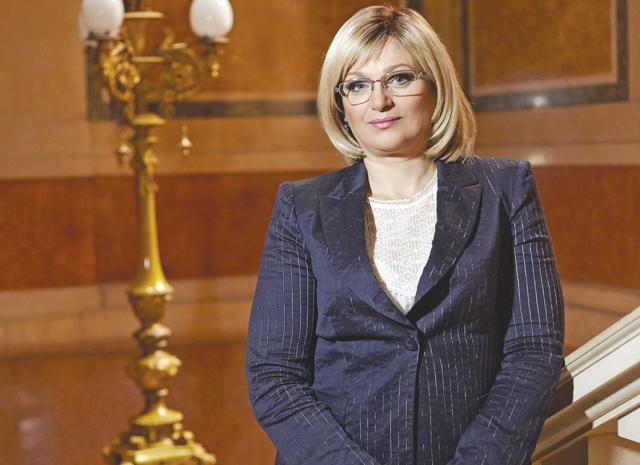
Further improvement of investment environment
Owing to the consistency of economic policies aimed at strengthening the country and coordination of their implementation we have achieved great success, and this is the only approach that we can use to preserve our achievements. Four years of low and stable inflation and a primary surplus for the second consecutive year prove our determination to create the basis for long-term growth and a better life. The relative stability of the exchange rate, which we have maintained over the past five years, contributes to the certainty of doing business and the stability of the financial system, and it remains one of our priorities in the future. The credibility of our policies is corroborated by the fact that the country's risk premium has been reduced to the lowest level, accompanied by a growing influx of investments. The result is an increase in the competitive domestic supply and double-digit export growth.
In the coming period, we will continue to improve the investment environment and increase the volume and efficiency of investments, especially in the production of interchangeable goods, which are all challenges that other countries have to deal with too. We have improved the regulatory framework for banks and achieved high compliance with the EU regulation. Also, key steps have been taken to solve the problem of non-performing loans (NPL). The share of NPL has decreased by 11 percentage points to 12.2% at the end of the third quarter of 2017. As a result, we have a safer and more robust financial system that is ready to support further economic growth. From the perspective of the central bank, price and financial stability remain important pillars in preserving overall macroeconomic stability. Since the beginning of the year, our commitment to maintaining low inflation could be seen in reducing the target inflation rate from 4 ± 1.5% to 3 ± 1.5%, and our task is to continue to keep inflation within those limits.

It is vital to ensure macroeconomic stability
Although macroeconomic stability has been reached, Serbia's public debt, which has reached 65% of the nationl GDP, is still too high, and Serbia's economy is not strong enough to permanently sustain the current macroeconomic stability. An additional reason for caution is that in the past, Serbia has had a bad experience with "releasing its fiscal brakes" after the end of the arrangements with the IMF, which usually resulted in a sudden increase in employment in the country, an unsustainable increase in public spending (primarily pensions and public sector wages), as well as stopping public reforms and privatization of state-owned enterprises. This time around, we should not allow populist measures and abandoning reforms to exacerbate economic imbalances, because what usually happens after that is that we have to go through a period of painful stabilization (along with the IMF) which is a road to nowhere.
Hence the first step in ensuring macroeconomic stability would be the strict restriction in public spending growth for which we need new and improved fiscal rules. The second step would be to better regulated public sector, i.e. to implement the announced structural reforms that did not yield wanted restults during the previous arrangement with the IMF. First and foremost, the state authorities would have to know how many workers and what worker profile are needed in our healthcare, eduction, policy, and public administration and to objectively regulated the salaries in these sectors. The announced modernization of the Tax Administration, which is seriously late, is an important part of the reforms. The third step is the completion of the privatization of the remaining state-owned enterprises and the improvement of the operations of public companies. Although the current market conditions for companies such as RTB Bor and Petrohemija are favourable, they do not have the capacity to start a new investment cycle and they present a permanent fiscal threat.
Other state-owned companies, like Azotara and Resavice, are highly unlikely to ever become profitable, and determining their destiny cannot be postponed forever. Reforming public companies, above all EPS, proved to be perhaps the "toughest nut to crack" in a previous arrangement with the IMF, and the consequences of this are best illustrated in 2017 when poor management of EPS has significantly reduced Serbia's GDP growth. The fourth and final step that the government has to make is improving the economic environment. In order to achieve this, the state has to improve the quality of infrastructure (especially at the local level) through bigger public investments, but also to eliminate numerous obstacles that private businesses are facing, especially the one that pertain to the rule of law, a segment that is especially important and has been neglected for a long time.
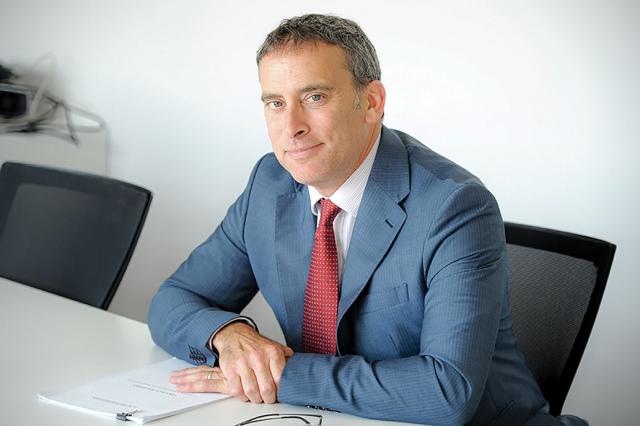
Support to improve investment climate
First of all, the Serbian government’s fiscal performance has been impressive over the past 2.5 years, reducing the deficit from 6.6 per cent of GDP in 2014 to 1.3 per cent in 2016 and potentially a year-end surplus in 2017. A stable macro helps create a positive environment for domestic and foreign investors. Stability helps reduce some of the emerging market risk premium which lenders and investors would historically have expected and therefore the Government should do all in its power to protect this macro strength.
For long term sustainability and improved growth however, it is even more important that under the programme some important reforms have been launched that make Serbia a more attractive investment location. Reforms such as the electronic construction permitting or the set-up of a one-stop shop for investment support, where major improvements are registered in the latest Doing Business scores, helps to streamline the entry of investors and therefore put real money to work. Making government more efficient and transparent will make the whole economy function more effectively.
EBRD has stepped up its activities to support Serbia to improve the overall investment climate and economic governance. Some key activities include 1) supporting a corporate governance action plan at EPS, the electricity company, 2) initial measures to make inspections “user friendly”, 3) improvements in procurement practices and the PPP framework, 4) expansion of alternative dispute resolution frameworks and 5) implementation of the government’s NPL resolution strategy. These are all issues where Serbia can implement regulations and laws so as to improve the investment climate. They also can move faster on privatisation and restructuring of state-owned enterprises – these companies can continue to drain time, money and energy and therefore slow down the overall economic results.
Government should also focus more and more on improving competitiveness and resilience of the country by enhancing the implementation of infrastructure projects and being less intrusive into business decisions of public enterprises. Finally, Serbia should ensure that high – profile projects are successful and used to demonstrate the wider potential. Success of projects such as the Airport Concession or the Vinca Landfill or a major privatisation can place Serbia even more firmly on the map for potential international investors.
All of these steps, most likely built upon the basis of a new IMF programme, would help Serbia to become an even brighter spot on international investor’s maps.”
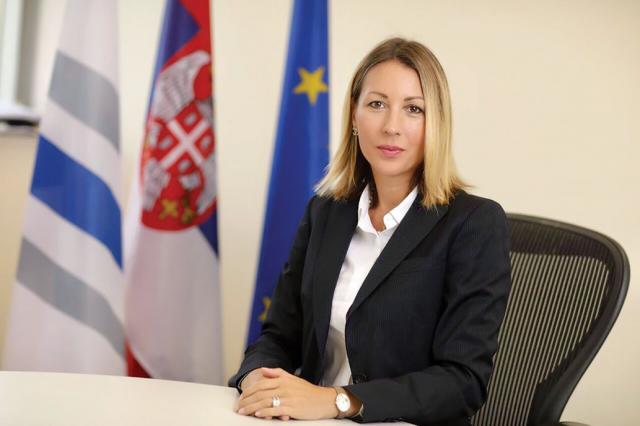
Continue to support private sector
Continued reforms are needed to address remaining structural weaknesses. Restructuring of state owned companies and utilities should continue, including through privatisation, and public administration and institutions strengthening. Consolidation of the financial sector has started and expected to continue. Further efforts to reduce NPLs are welcome, improving the bankruptcy procedures as well as judicial processes and court decisions. Improvement of management of public investment is seen as critical as well as better project prioritisation, preparation and implementation. All the above measures are expected to lead to the improvement in the business climate which ultimately will help sustaining macroeconomic stability.
EIB, notably through its Economic Resilience Initiative, stands ready to support the efforts of the Serbian Government, as well as to support private sector financing and development. We plan next year further investments in road and rail infrastructure, but also renewable energy, health and education as well as R&D and municipal infrastructure. We will continue providing funding for Small and Medium Size enterprises through our local partner commercial banks, and through EIF’s guarantee schemes which have as an aim to motivate banks to take more risk and provide funding to riskier businesses. We are also evaluating how more effectively to support female entrepreneurship as well as farmers and agriculture sector. As far as the aspects that need improvement, we still see public procurement on a critical path with insufficient capacity; as well as more efficient public financial support at advantageous conditions for development and investment of SMEs which EIB is willing to continue to support.





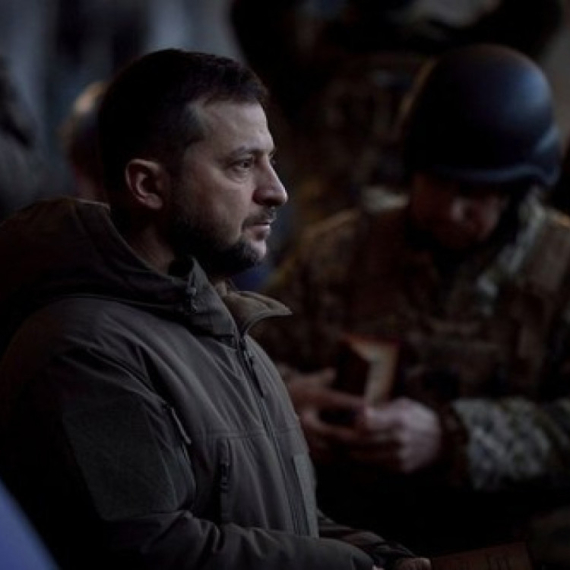
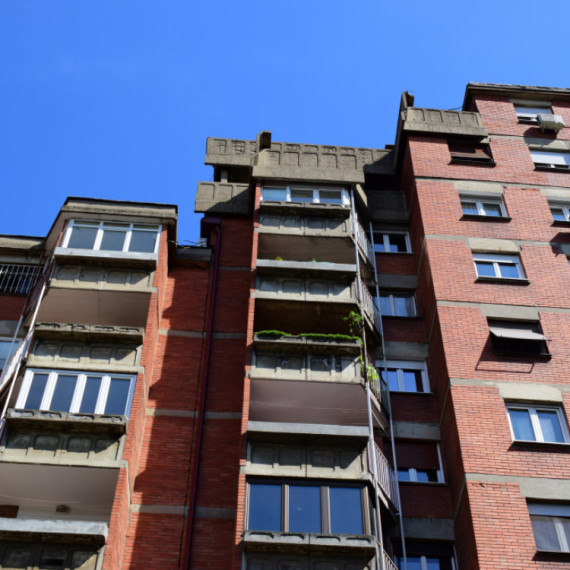



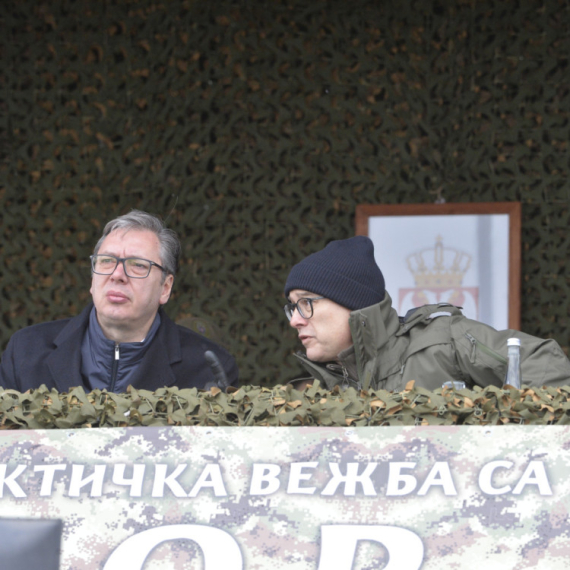











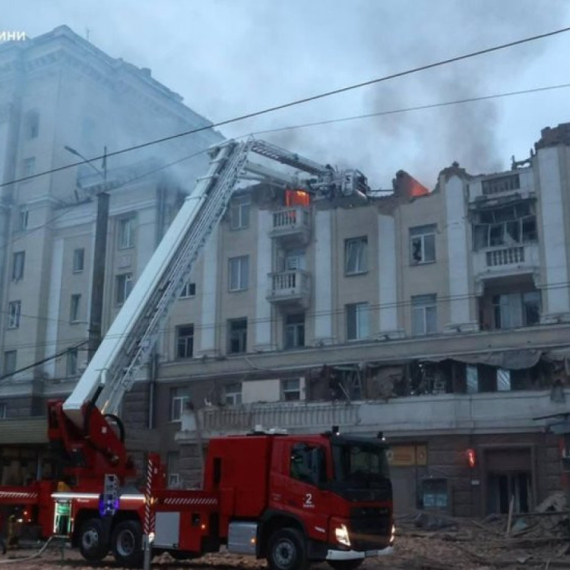



Komentari 2
Pogledaj komentare